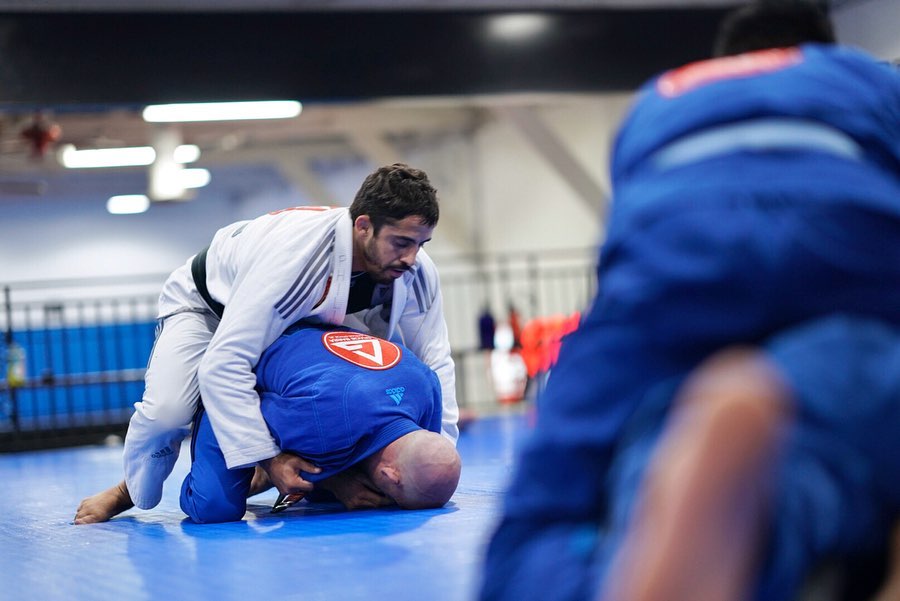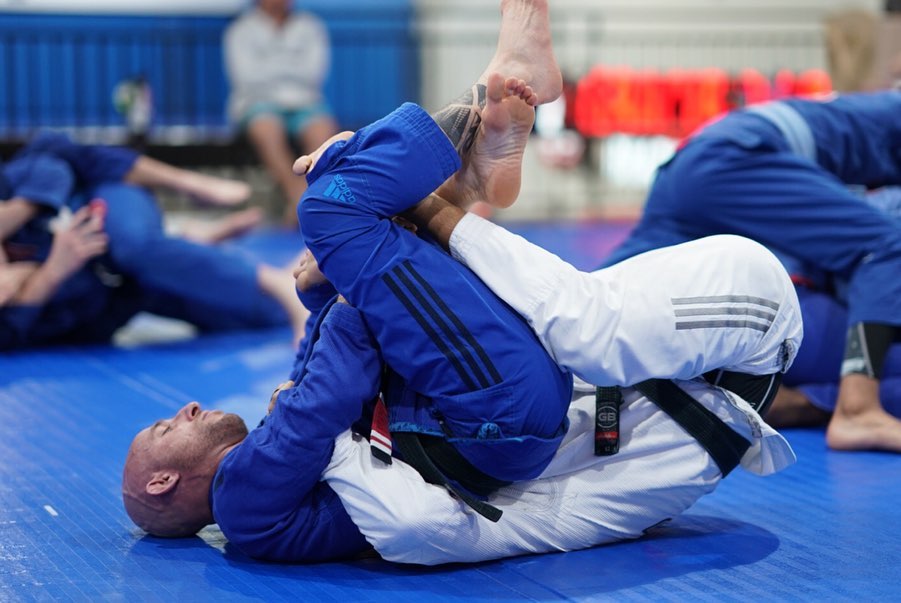GB Technique : Secret To Mastering A Position
As a journalist for Gracie Barra I have the pleasure of interviewing many of the top Gracie Barra competitors. I always ask for training tips to share with GB students and I noticed that one tip kept coming up again and again.
ㅤ
Positional sparring.
ㅤ
Now if you’ve gone through the GB Fundamentals program you will have done many rounds of positional sparring. It is simply the best way for a new student – who does not yet know what to do in all of the major ground positions in Jiu-Jitsu – to start training their techniques against a resisting opponent. The new student may not know any techniques from top mount (for example) but they will have the techniques and position that they learned in that very class that they can try to apply in positional sparring.
ㅤ
So how is this “beginner” sparring method – positional training – so useful to high level black belts?

ㅤ
Want to Up Your Takedown Game? Check out: GB2 Online Takedowns – by Henrique Machado
ㅤ
Because positional sparring allows the Jiu-Jitsu fighter to spend the maximum amount of training time in the positions that they most want to improve. If you want to sharpen your back mount attack game – you will start in back mount and work from there…again and again – resetting each time the sparring goal has been reached. We will come back to the details on positional training for back mount shortly.
ㅤ
This makes perfect sense if we consider how athletes from other sports practice. For example, a professional basketball player who needs to improve his free throwing percentage. Would the player could just play regular games and hope that they had enough free throw opportunities in the normal course if game play to improve their skill in that specific area? Of course not. The player would set aside practice time and perform hundreds,… thousands of free throws while setting aside other aspects of playing basketball. This is simply the best way to isolate an area of skill and improve it through intense focus and repetition.
ㅤ
Now let’s go back to Jiu-Jitsu and the example of back mount positional sparring. The rules for this positional training are limited and straightforward:
The player on the back looks to maintain the mount position and look to submit.
The player whose back has been taken must defend submission attacks and look to escape.

ㅤ
After a submission or if there has been an escape – ex. Replacing half guard, getting their back to the floor and changing the position to mount or managing to turn into the opponent and end up inside guard – the sparring is restarted on the back. Often in the class, there will be some students in the middle of the mat engaging fresh opponents as the rest of the students line up against the wall awaiting their turn.
ㅤ
Now let’s compare the amount of minutes spent IN the back mount in positional vs how often you might catch your opponents back during regular rolling. You may not find yourself in the back mount even once in a regular 5 minute roll. How are you going to improve that back control skill if your opportunities are so infrequent?
ㅤ
This is the primary benefit of positional sparring. Time accrued in the position. There is just no better way to sharpen a specific position.
ㅤ
Another less obvious factor that makes positional training so productive is that it frees up your ability to experiment and try things. If your attempt doesn’t work and your training partner escapes? No problem! You just restart and try again. In regular sparring you might naturally be more conservative for fear that you will lose the position and not be able to get to the back mount again in the round.

ㅤ
Take a tip from the champions and use more positional sparring in your Jiu-Jitsu.
ㅤ
See also on Gracie Barra : Drilling : How To Do It Right
ㅤ
Credits: Mark Mullen
Gracie Barra Black belt based in Asia
